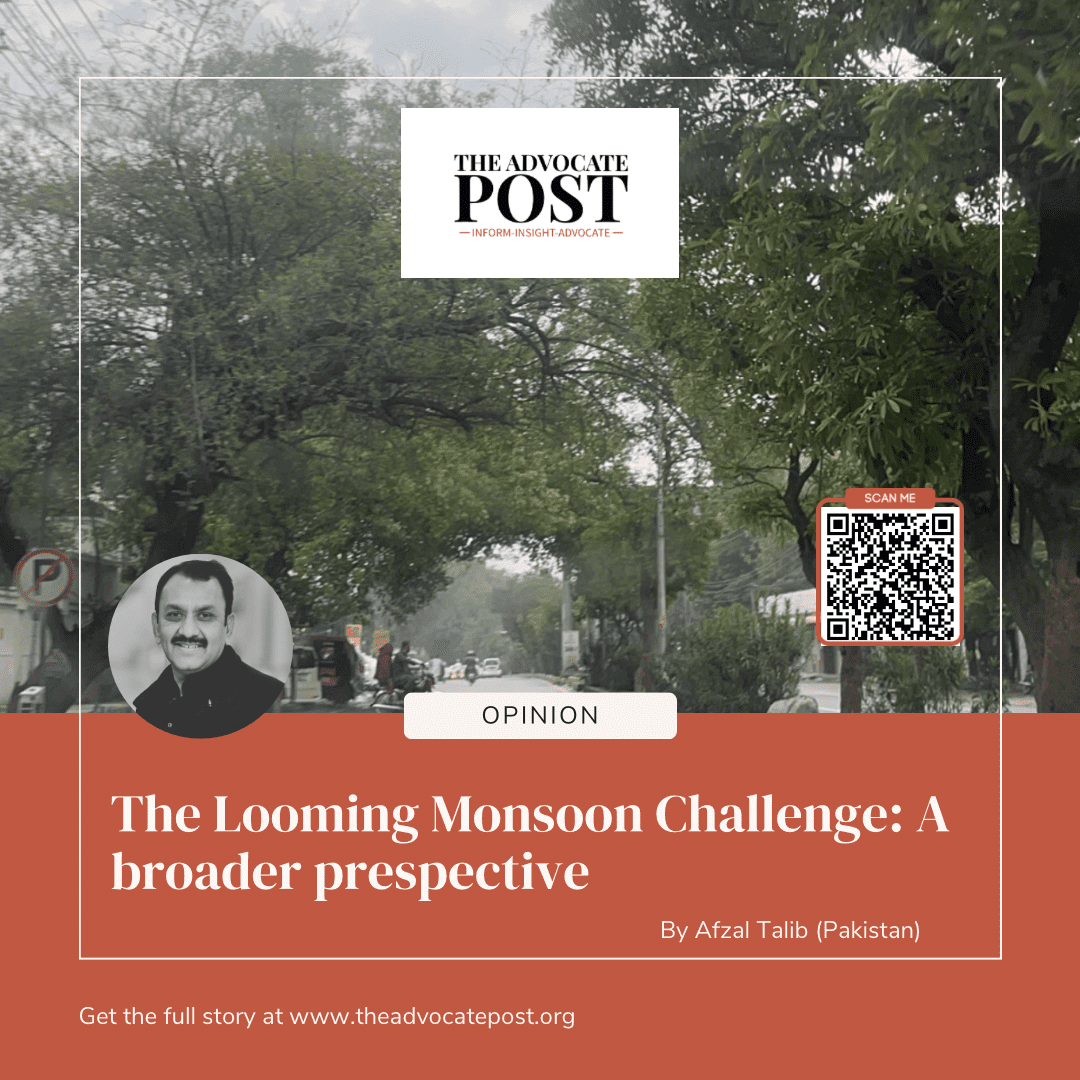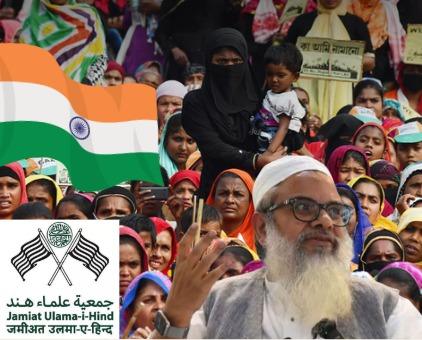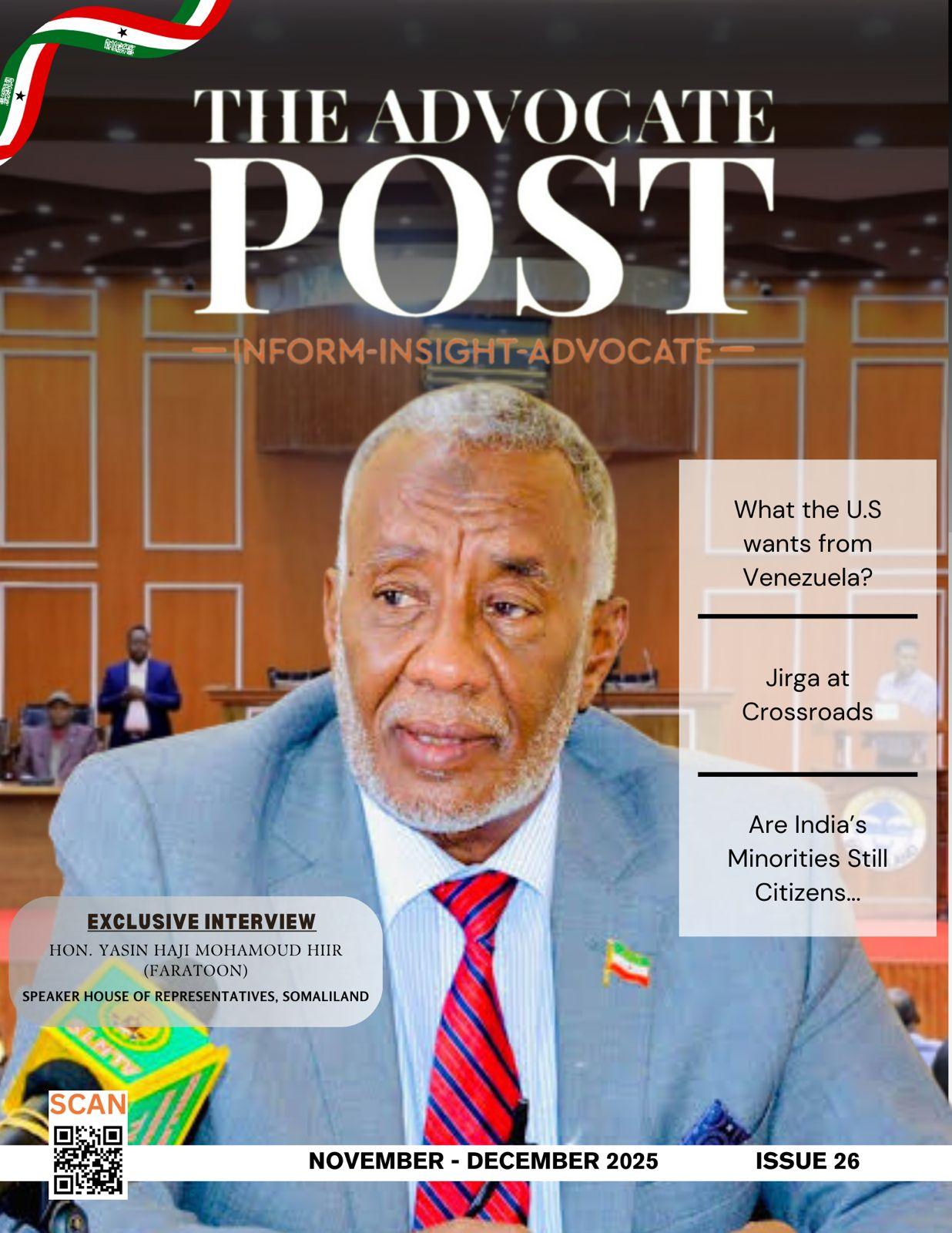By Afzal Talib (Pakistan)
The monsoon season has always been a critical time for South Asia, and this year, the challenges appear more daunting than ever. In Lahore, the Provincial Disaster Management Authority (PDMA) has forecasted a 35% increase in rainfall, a grim prelude to the trials ahead for both the residents and the Water and Sanitation Agency (WASA). However, Lahore’s situation is not unique; similar challenges are faced across Punjab, Pakistan, and indeed, the broader South Asian region.
WASA, responsible for managing sewage and rainwater drainage in Lahore, is facing an uphill battle. This financial strain leaves the agency with outdated machinery and insufficient resources to adequately tackle the impending deluge.
Lahore, a sprawling city covering 1,200 kilometers, houses six major drains—Shalimar Canal Drain, Upper Mall Drain, Chota Ravi Drain, Cantt Drain, Sattu Katla Drain, and Shahdara Drain—that traverse various parts before emptying into the Ravi River. In addition, several areas have open drains. WASA undertakes the cleaning of these drains twice a year to facilitate the smooth exit of rain and sewage water during the monsoon. This year, the cleaning of 228 kilometers of drains has been completed, an essential but insufficient measure given the anticipated severity of the rains.
The state of WASA’s machinery is concerning. The agency relies on an aging fleet that includes 44 suction machines, 56 dumper trucks, 15 excavators, 134 dewatering sets, 45 jetting machines, 13 crane tracks, 23 water bowsers, and 51 loader trolleys. Despite these limitations, 6,000 officers and employees are on high alert to manage rainwater drainage. WASA has also designated special arrangements for 31 key locations in Lahore, frequently traversed by VIPs, with 646 employees specifically assigned to these spots.
For temporary relief, WASA has repeatedly requested 22 suction machines, over 20 jetting machines, and 100 dewatering sets, but these requests have yet to be fulfilled. WASA’s Managing Director, Ghufran Ahmed, has assured that all available resources will be utilized to provide relief during the monsoon. Significant investments are being made by Punjab Chief Minister Maryam Nawaz Sharif in development projects, including in Lahore, to mitigate the impact of sewage and rainwater issues.
Despite the financial and logistical constraints, WASA’s efforts to clear drains and prepare for the monsoon are commendable. The agency claims that their performance in rainwater drainage has been better than other provinces and cities, and this year, they vow not to disappoint the citizens of Lahore. Officers and employees are on standby, ready to respond, although it takes some time to drain the rainwater fully.
Deputy Commissioner Lahore, Rafia Haider, has emphasized that the district administration, LDA, LWMC, WASA, and other institutions are collectively prepared to tackle the monsoon rains. Cooperation among these departments is crucial in ensuring that all responsibilities are fulfilled efficiently during the rainy days.
The challenges faced by Lahore are mirrored across Punjab. Cities like Faisalabad, Multan, and Rawalpindi are also grappling with similar issues. The provincial government’s efforts to improve infrastructure and drainage systems are ongoing.
On a national level, Pakistan’s monsoon season brings widespread disruption. In rural areas, the impact on agriculture can be devastating, with crops destroyed by flooding, leading to food shortages and economic hardship. Urban centers, meanwhile, struggle with inadequate drainage systems and the accumulation of waste, which exacerbates flooding. The National Disaster Management Authority (NDMA) works in conjunction with provincial bodies like PDMA to coordinate responses, but challenges remain significant.
The monsoon season affects the entire South Asian region, including India, Bangladesh, Nepal, and Sri Lanka. These countries share similar challenges, such as outdated infrastructure, rapid urbanization, and the impacts of climate change, which are making weather patterns more unpredictable and extreme.
In India, cities like Mumbai and Chennai face annual monsoon woes, with flooding disrupting life and causing significant damage. Bangladesh, with its low-lying geography, is particularly vulnerable to flooding, while Nepal contends with landslides and the impact on its mountainous regions. Sri Lanka, too, faces challenges with coastal flooding and the impact on its agricultural sector.
In conclusion, while Lahore’s challenges during the monsoon season are significant, they are part of a broader regional issue that requires coordinated responses and long-term planning. The resilience and preparedness of South Asia’s residents and institutions will be put to the test as the monsoon approaches, but with concerted efforts and community cooperation, the region can navigate this challenging season and build a more resilient future.





